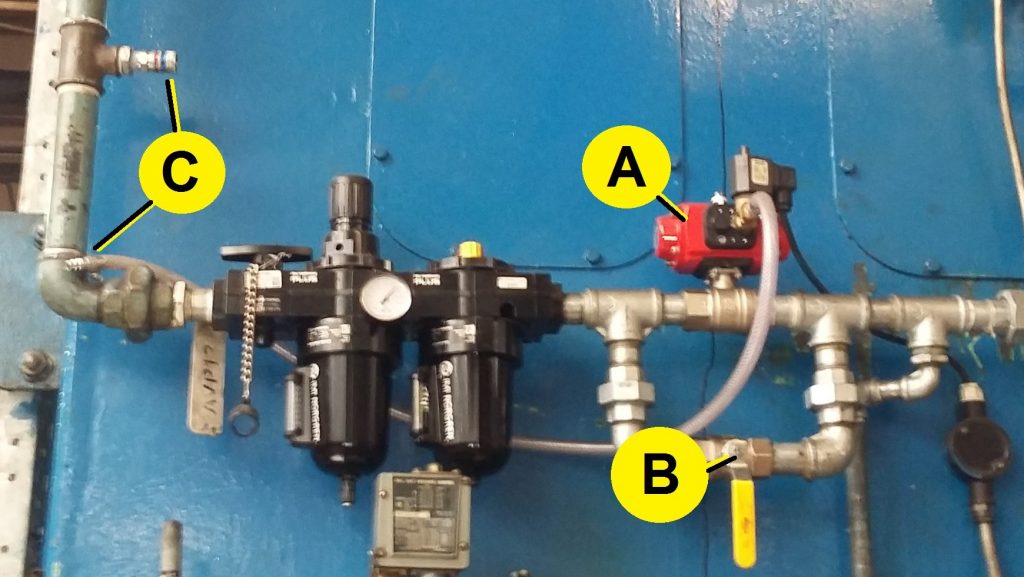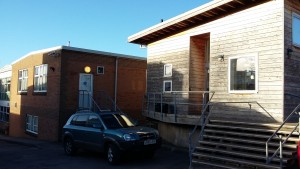1. Use compressed air for dusting off overalls, sweeping the yard and other cleaning duties. This not only wastes energy but blows debris into people’s eyes.
2. If you have individual applications that require a higher pressure, run the entire system to satisfy them rather than fitting local boosters.
3. Set overall system pressure as high as you can (check that the safety valves are lifting frequently). As a rule of thumb, every 2 psi increase in operating pressure requires an additional 1% energy.
4. For low-grade duties such as tank agitation, use clean dried compressed air at high pressure rather than fitting local blowers.
5. Locate air inlets in the hottest place possible – remember every 6C increase in temperature adds 1% to the electricity consumption.
6. Never clean your air filters and avoid fitting low-loss types.
7. Make sure you do not dry the air.
8. Allow all your compressors to run in parallel, sharing the load however small.
9. Do not shut the system down if the premises are closed at night; but if you do, empty the air receiver at the end of the day so that it needs to be repressurised in the morning.
10. Leave air-receiver drain cocks cracked open.
11. Bypass the air receiver so that the compressors have difficulty matching the load and need to start and stop frequently. This is a marvellously inefficient mode of operation, and abrupt swings in pressure will also help to maximise the number of leaking joints and fittings.
12. Maximise pressure drops in the distribution system by undersizing all pipework.
13. Ignore leaks: fixing one probably causes another to appear somewhere else. If you have a routine for tagging and repairing leaks, do not repair any that people find. As well as wasting energy this will discourage people from reporting air loss.
14. When specifying new equipment, give preference to models that continuously vent air. Use air tools if electric equivalents are just as good.
15. Look for opportunities to use compressed air inappropriately. Dusting off overalls may not waste enough; try using it for cooling motor bearings that are running hot, or to cool people working in hot locations.
16. Do not recover free heat from compressor exhausts if it is possible to use heat from a boiler system (or better still, electric heaters) instead.
Link: Energy management training


